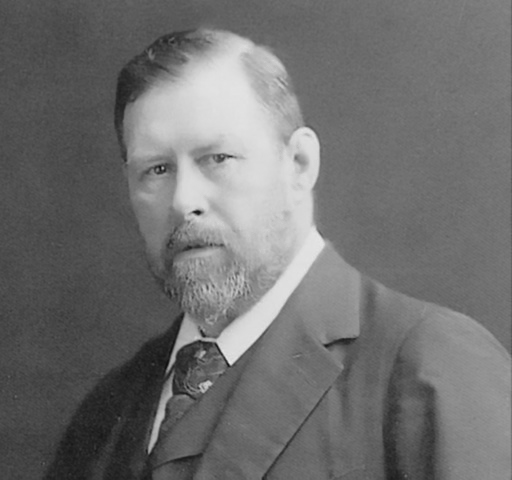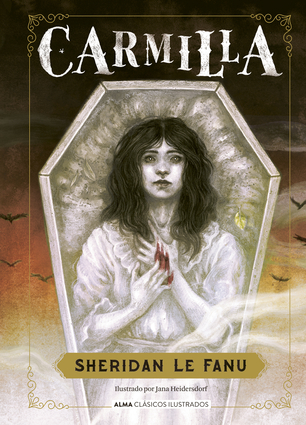It was come as a surprise to many
readers and Ringsend natives that the man who brought the blood sucking vampire
Count Dracula into the world, Bram Stoker, was a regular sight around the
streets of Ringsend, perhaps even gaining inspiration.
This is Bram in Ringsend.
According
to Captain M P Leahy, who said that it was Bram Stoker who introduced him to
rowing on the Liffey, remembered that when Stoker and his fellow boat club
members rowed on the Liffey it,
‘was mostly in choppy waters with
planks, dead rats and flotsam and jetsam of all kinds around them. The boats
were frequently filled and almost frequently sank in the choppy seas on which
they performed.’
Leahy who not only rowed for Trinity but was also a champion heavyweight boxer, went on to serve in the Royal Army Medical Corps, and was wounded on the Western Front in July 1915. Rowing by Trinity scholars on the River Dodder and the River Liffey dates back to the formation of the University Rowing Club which merged with the Pembroke Rowing Club, which itself had been founded in 1836, to form the Dublin University Rowing Club. There was then a split in the club and a new Dublin University Boat Club was formed. It was to this club that a young Abraham Stoker joined.
Bram
Stoker, as he was better known, was born at 15 Marino Terrace Clontarf on
November 8th 1847. His name, despite his other seventeen novels, would be
forever linked to his gothic horror creation ‘Dracula’. Before his move to
London with his new wife Florence Balcombe, a former sweetheart of another
great writer Oscar Wilde. According to the Bram Stoker estate, Wilde
"displayed his penchant for drama after their breakup, requesting she
return a trinket while sending her flowers anonymously". In fact, Bram
Stoker was a mourner at Oscar Wildes father, Sir William Wilde, funeral in 1876
funeral. He left a job in the Irish Civil Service at Dublin Castle to move to
London and find a job as the manager of the Lyceum Theatre, Bram spent his
childhood in Dublin, ending up in higher education at Trinity College.
It was while at Trinity that Bram became a regular visitor to Ringsend. Despite being a sickly child, his sporting prowess came to the fore once he began life studying for his Bachelor of Arts at Trinity. He was successful on the athletics field, the gymnasium and then he joined the University rowing club which was based on the River Dodder.
Once he arrived in Ringsend, walking his way from his lodgings at 30 Kildare Street, he passed the newly built St. Patrick’s catholic church, down Thorncastle Street and to the slipways that would take them out onto the Liffey. He was trained by the legendary Tom Grant, who was highly regarded on the English rowing circuit at Hendley Regatta. The ‘Bell’s Life in London and Sporting Chronicle’ reported that the Junior paired race was held over a measured mile course on the Liffey on Saturday June 22nd 1867. A large crowd had gathered along the banks of the Liffey and in the first heat Bram Stoker and James Kennedy with cox William Cullinane winning easily from two other University crews in a times of eight minutes forty seconds. In the final between Kennedy and Stoker and Wright and Barrington with their cox Richards, it was closely contested. At two hundred yards Barrington’s boat was ahead but at the half mile it was Stoker’s boat that was a length in front but his opponent once again put on a spurt and took the lead eventually winning by a boat length. The race time for the mile was nine minutes ‘against a strong wind’.
Not only did Bram row in two man crews but also in four man crews. The Saunders Newsletter reported on October 15th 1867 that along with Stoker was fellow students George Atkins Jnr, John La Touche, Tom James and William Kennedy.
But it was not just the rowing itself that took Bram to Ringsend. He joined the University Boat Club Dramatic Society and performed several times on the stage at the Ringsend Club-house. On Friday May 13th 1870, the first performances were staged.
In March 1871 the newspapers described an ‘excellent Mr. Stoker’,
By early 1871 Bram was in the Ringsend Clubhouse being elected to the Dramatic Society Committee,
According to the Freemans Journal on April 12th 1871 under the headline, ‘The University Boast Club Dramatic Society’ they reported,
“The third performance this season of the above society took place last evening at the club-house, Ringsend. The attendance was large and fashionable. A handsome stage was erected in the principal apartment of the club, which was decorated for the occasion in a most suitable manner. The pieces selected-were the comedy of The Apprentice, and the extravaganza of The Happy Man. In the first named the efforts of Mr. Stone as Wingate, and Mr. W. Henry as Dick, his son, wero rewarded by very general applause. Messrs. R. W. Andrews, A. Stoker and Adair were also most happy in their respective parts. Tho extravaganza passed of equally successful, Messrs. Do Burgh, W. Henry, and Stoker being entitled to deserved commendation for their excellent acting.”
The
’extravaganza of The Happy Man was written by fellow Dubliner Samuel Lover.
Lover was born on Grafton Street, Dublin in 1797, the son of William and
Abigail Lover. In 1826 he wrote his most famous piece the ‘Ballad of Rory
O’More’. He was well known for his humorous political caricatures as well as
his writings. He died in July 1868.
In June Stoker was commended again in his
performance on stage in Ringsend.
It
was perhaps through his love of the dramatic stage that Stoker became a theatre
critic for the Dublin University Magazine edited by Sheridan Le Fanu. Not only
did Le Fanu edit the magazine but he also was the author of gothics tales and
many scholars point to his work ‘Carmilla’ a vampire inspired novella published
in 1872 as a precursor to Stoker’s Dracula which was first published in 1897.
Stoker’s Dracula, after Sherlock Holmes, is one of the most portrayed fictional
character on film, radio (Orson Wells being the first man to bring Dracula to
the radio), television, books and animation.
According
to some sources Le Fanu's work has been noted as an influence on
Bram Stoker's Dracula noting that,
1.
Both stories are told in the first person. Dracula expands
on the idea of a first person account by creating a series of journal entries
and logs of different persons.
2.
Both authors indulge the air of mystery, though
Stoker takes it further than Le Fanu by allowing the characters to solve the
enigma of the vampire along with the reader.
3.
The descriptions of the title character
in Carmilla and of Lucy in Dracula are similar.
Additionally, both women sleepwalk.
4.
Stoker's Dr. Van
Helsing is similar to Le Fanu's vampire expert Baron Vordenburg: both characters
investigate and catalyse actions in opposition to the vampire.
5.
Both the titular antagonists - Carmilla and
Dracula, respectively, pretend to be the descendants of much older nobles
bearing the same names, but are eventually revealed to have the same
identities. However, with Dracula, this is left ambiguous. Although it is
stated by Van Helsing (a character with a slightly-awkward grasp of the English
language) that he "must, indeed, have been that Voivode Dracula who won
his name against the Turk, over the great river on the very frontier of
Turkey-land", the next statement begins with "If it be so",
thereby leaving a thin margin of ambiguity.
6.
"Dracula’s
Guest", a short story by Stoker believed to have been a deleted prologue
to Dracula, is also set in Styria, where an unnamed Englishman takes
shelter in a mausoleum from a storm. There, he meets a female vampire, named
Countess Dolingen von Gratz.
There is scholarly speculation that Bram’s quest to write about the undead came from his mother who told him stories of Cholera outbreaks in Sligo and how to stem the spread of the disease some people were buried alive. This may have come back into focus as during the years he was both rowing and acting on stage in Ringsend, the area was decimated by a cholera outbreak and no doubt he would have passed many funerals coming and going at St. Patrick’s Church. Another influence was the fact that Bram, whose acting debut came in Ringsend, and no doubt that helped him become a theatre critic where one of his visits may have been to the Queen’s Theatre on Pearse Street (then known as Great Brunswick Street) where a play ‘Ruthven The Vampire’ was performed to packed houses in 1866 and 1867.
The
next time you are walking over the bridge and down Thorncastle Street and a
shiver goes down your back, watch out for low flying bats.
Sources
The Bram Stoker Estate & Darce Stoker
The Irish Newspaper Archives
The Dublin University Boast Club Archives
The Irish National Archives
Trinity College
Ancestry.com
British Newspaper Archives
US Library of Congress
RTE Archives


















No comments:
Post a Comment